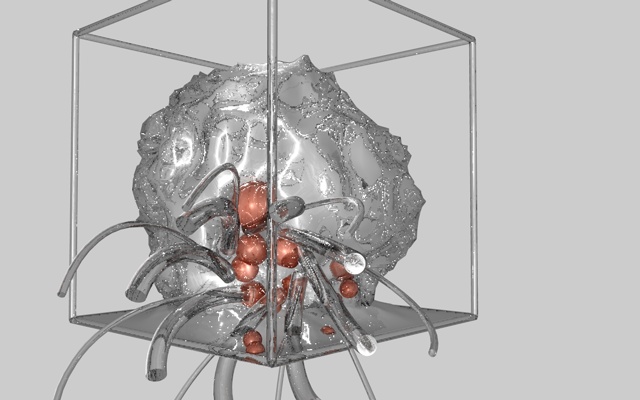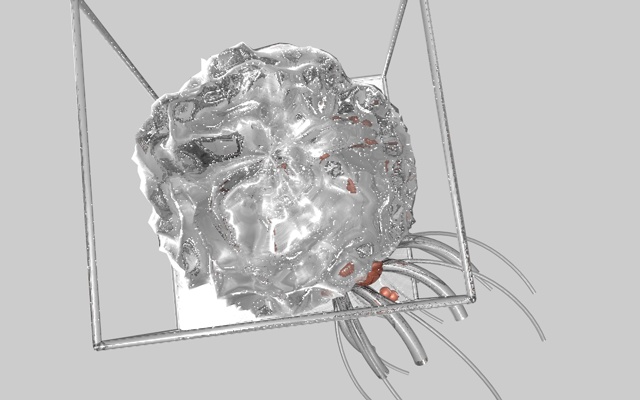Castilene is a new (to me) take on classic wax-based modeling clays like Roma Plastilina or Klean Klay; I find it to be infinitely cleaner and more pleasant to work with, and you're not left with the smell of the product on you and a greasy feel on your hands for days. It's sulfur-free meaning that it will not inhibit curing of most common moldmaking products, and its label description states that no known compound can degrade the material. Amazing!
I needed some slabs for a current project so I turned my home kitchen into a clay station. My studio isn't currently outfitted with that kind of open space, nor do I have a microwave or hot plate like I do at home.
For a good 24 hours I was just petrified by how incredibly hard and brittle the "medium"-softness Castilene was. It didn't warm up easily or break up into soft chunks like Klean Klay likes to do. I was afraid of heating it up, thinking it might be messy.
I finally dumped out a 2.5 lb box ($25 at Compleat Sculptor) into a large ceramic serving dish and started warming it up. I used the inverter/soften setting for a few minutes, then put it on full blast for about a minute. This let the clay get malleable and soft, but I noticed that microwaving doesn't heat the clay evenly. You're left with some crusty, dry-feeling edges and then some crazy hot spots. I recommend mixing up the batch and letting it marinate in its own heat for about 5 minutes. The overheated clay will warm up the dry bits.
I wiped the counter down with mineral oil, the way you would flour for baking, and started rolling, smashing, cutting, doing anything I could to get a nice even slab. I'd take the trimmings, throw it in the bowl, re-heat, and continue to make slabs. The clay takes on a gorgeous smooth hard sheen when it is cold, and maintains rigidity at room temperature. I LOVE IT.








